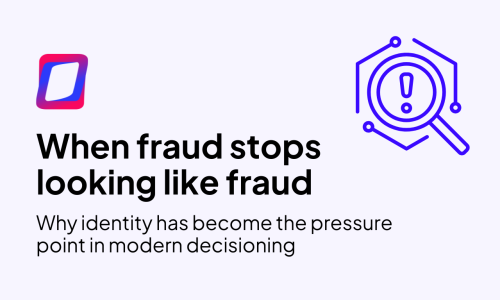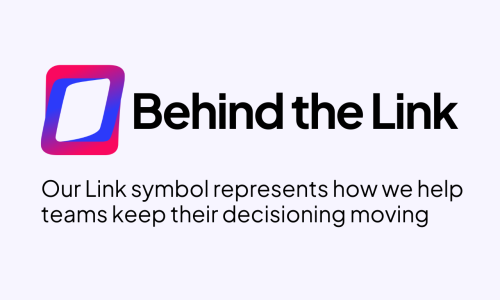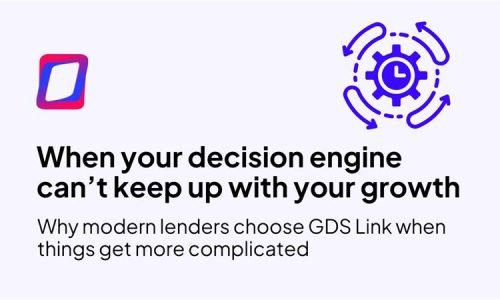What Banks Are Getting Right and Wrong About Fraud and Credit Risk in 2025
Top takeaways from GDS Link’s webinar on advanced fraud and credit decisioning
Fraud is no longer a back-office problem. It is a boardroom conversation, a budget line item, and the reason deals die on the vine in many cases. For financial institutions, the line between fraud prevention and credit risk management has never been thinner—or more critical to get right.
In our GDS Link + Bank Director’s recent webinar, The Power of Advanced Fraud and Credit Decisioning, risk leader Rich Tambor and GDS Link’s own Nick Anderson explored how banks are evolving their strategies in the face of rising fraud and an uncertain economic environment. Below are the key insights that stood out.
Fraud is getting smarter. So should your response.
Fraud losses hit $12.5 billion in 2024, a 25% year-over-year increase.
Synthetic identity fraud is surging. Digital scams have multiplied fivefold since 2020. Tambor didn’t mince words: “Fraud is an industry now. People wake up daily trying to figure out how to steal your money.”
Anderson added, “Everyone has access to the same AI tools. Fraudsters aren’t sitting in procurement meetings. They iterate fast and find cracks just as fast.
AI works. But only if it makes sense for your strategy.
Tambor brought needed clarity to the AI conversation. “Machine learning models are still math. They’re useful, but not magic.” The right application of AI can drive real lift, particularly in credit decisioning. But banks need to avoid treating AI like a checkbox or a cure-all.
“Ask yourself: where will it make a measurable difference? Where can we test it safely? That’s where you start,” Tambor said.
Context matters more than the tech.
While at OneMain Financial, Tambor saw low fraud rates largely because loans were closed in person at branches. That step created natural friction. “Not every lender needs the same tools. It depends on the product, the channel, and the risk you’re actually facing,” he explained.
Anderson added, “It’s not just about having the right data; it’s about knowing where in your tech stack fraud is slipping through.”
Testing isn’t a luxury. It is a requirement.
Banks that can’t test fraud tools before deployment are flying blind.
Anderson stressed the value of simulation, batch testing, and champion-challenger models. “You shouldn’t be guessing about the impact of a change before you go live. You should already know.”
Tambor drove it home: “Testing protects your investment. Full stop.”
The fraud strategy that works is the one you can actually use.
Speed and flexibility are what separate reactive banks from proactive ones. Tambor said, “If it takes four months to deploy a change, you’ve already lost. Fraud shifts fast. Your tools have to shift faster.”
He encouraged institutions to work with platform partners who make change management easy and data accessible. “You don’t need a perfect data warehouse. Just don’t lose your data. If you can access it, you can act on it.”
If You’re Not Using This, You’re Already Behind
The risk isn’t slowing down. Between synthetic fraud, evolving scams, and economic headwinds, financial institutions need a partner that helps them move faster without adding complexity. GDS Link’s Decisioning Platform gives banks the tools to detect fraud earlier and assess credit risk with greater accuracy, all within a unified, testable, and scalable environment.
Whether you’re trying to reduce false positives, accelerate onboarding, or improve model transparency, GDS Link delivers the flexibility and insight banks need to protect their portfolios and grow responsibly.
Watch the full webinar replay
To see these strategies in action and hear the full conversation with Rich Tambor and Nick Anderson, fill out the form below to access the on-demand webinar.
Recent articles

When Fraud Stops Looking Like Fraud
Read article
Behind the Link
Read article
